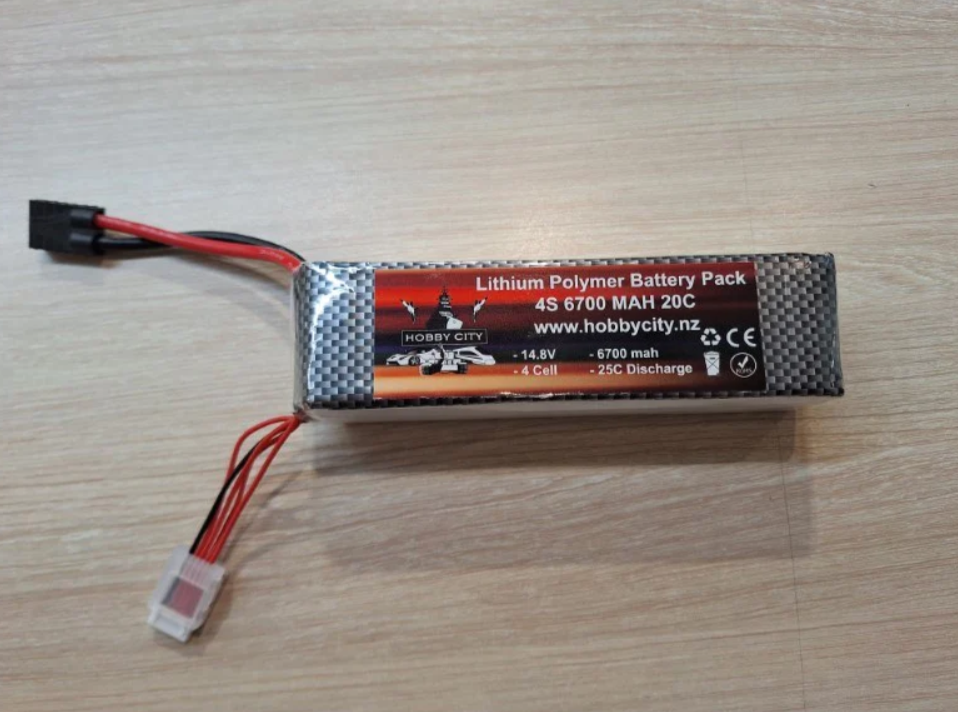14.8V 4S 6700mAh 20C Lipo Battery
14.8V 4S 6700mAh 20C Lipo Battery is backordered and will ship as soon as it is back in stock.
Couldn't load pickup availability
Delivery and Shipping
Delivery and Shipping
We use tracked courier for fast delivery New Zealand wide
Description
Description
Generic 14.8V 6700mAh 20C 4S Lipo Battery for Traxxas Maxx
Size: 24*44*138MM
Weight: 570g
Lithium polymer (LiPo) batteries have become increasingly popular in recent years, thanks to their high energy density, low weight, and ability to be shaped into different configurations. They power everything from smartphones to drones, but they also require special care to ensure they perform optimally and last a long time. In this blog post, we'll provide some tips on how to care for your lithium polymer batteries.
Store at the right temperature
Lithium polymer batteries should be stored at a temperature between 20?C and 25?C. Storing them at higher temperatures can cause them to degrade faster, reducing their lifespan. Conversely, storing them at lower temperatures can decrease their capacity temporarily. Avoid exposing LiPo batteries to temperatures below 0?C, as this can cause irreversible damage to the cells.
Charge correctly
When charging LiPo batteries, use a charger that is specifically designed for LiPo batteries. Don't overcharge or undercharge them. Overcharging can cause the batteries to heat up and swell, while undercharging can cause them to become unstable and potentially dangerous. Always follow the manufacturer's guidelines when charging your batteries. Always charge the battery in a fireproof LiPo battery bag and never unattended when charging.
Discharge correctly
Don't discharge your LiPo batteries completely, as this can cause irreversible damage to the cells. Some LiPo batteries and ESC's have a built-in protection circuit that will automatically cut off power when the battery reaches a certain voltage, but it's still important to monitor the battery's voltage during use. If you notice that the voltage is dropping rapidly, it's time to stop using the battery.
Handle with care
Avoid puncturing, crushing, or otherwise damaging your LiPo batteries. If a battery is damaged, dispose of it properly and replace it with a new one. If a battery starts to swell or emit smoke, stop using it immediately and dispose of it safely.
Transport safely
When transporting LiPo batteries, always place them in a fireproof LiPo battery bag or container. This will help prevent a fire in case of a battery malfunction. Don't transport LiPo batteries in checked luggage when flying, as they are prohibited by most airlines.
Check regularly
Regularly inspect your LiPo batteries for any signs of damage or swelling. If you notice any issues, stop using the battery immediately and dispose of it safely.
By following these tips, you can help ensure that your lithium polymer batteries perform optimally and last a long time. Remember to always read and follow the manufacturer's guidelines for your specific battery.
Payment & Security
Payment methods
Your payment information is processed securely. We do not store credit card details nor have access to your credit card information.



